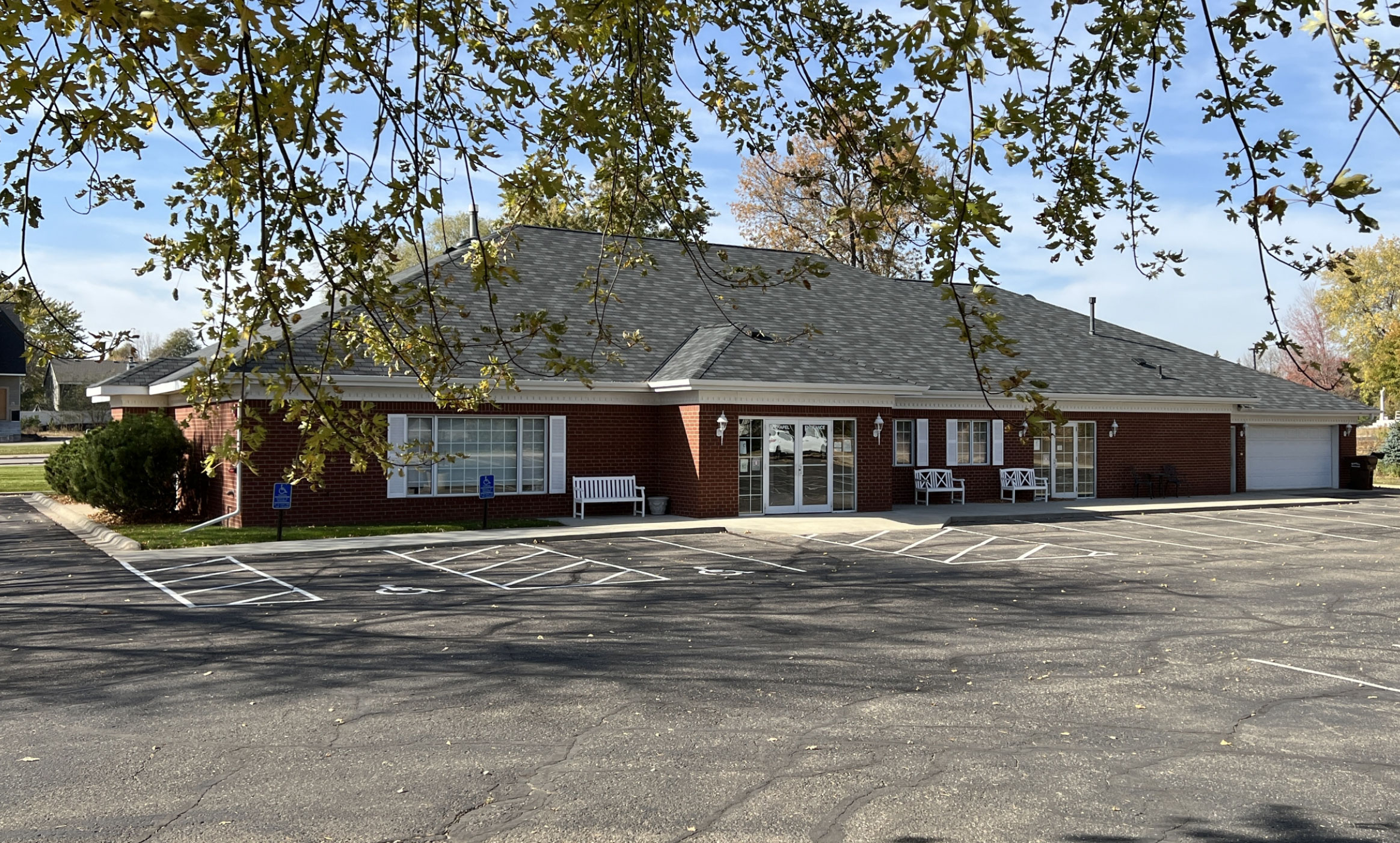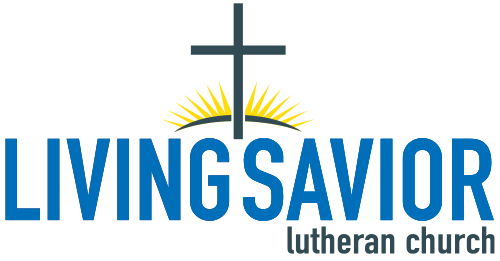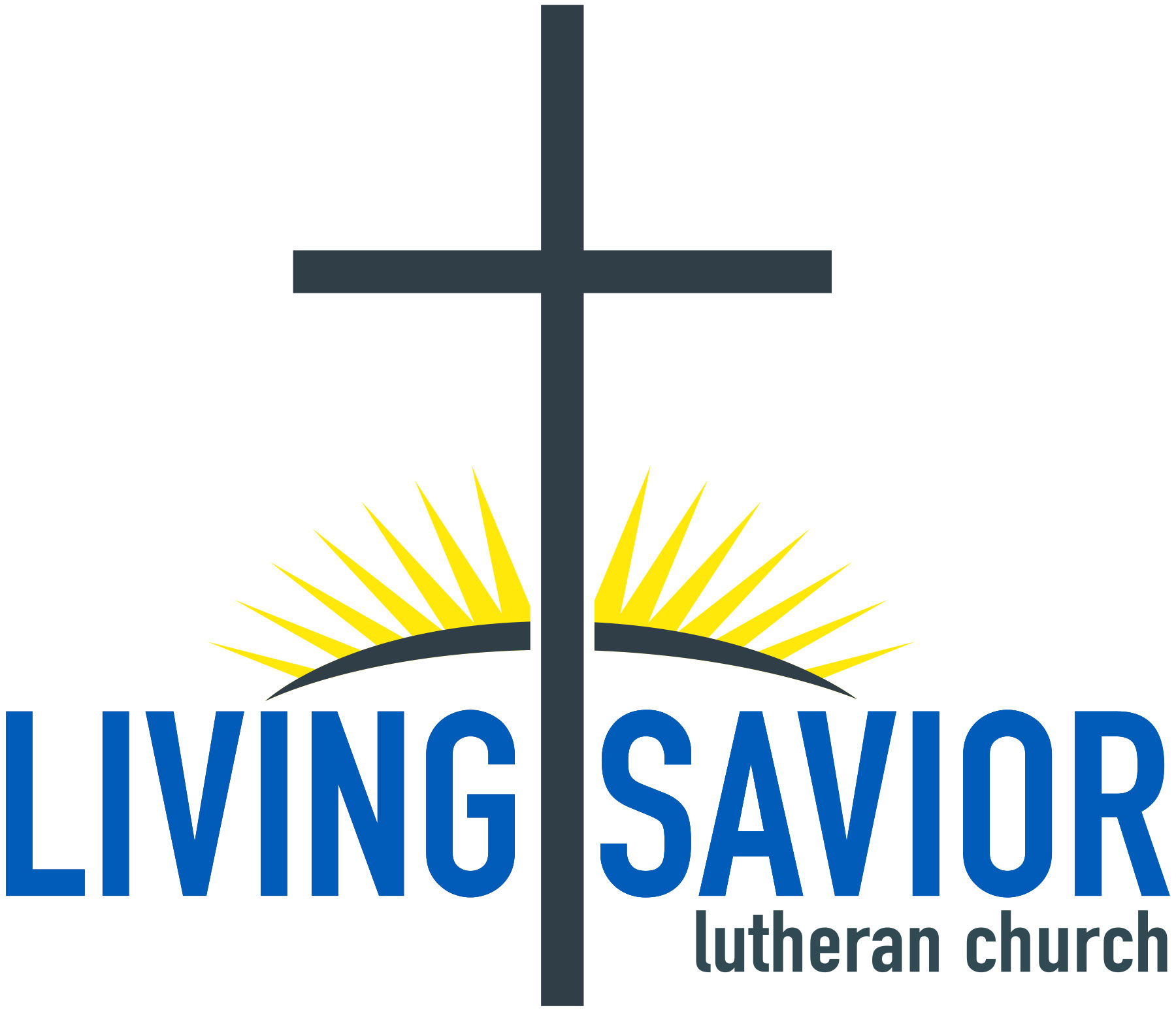Sunday Services
Times
9:00 am central time. Worship Service
10:15 am central time Bible Class and Sunday School
(Bible class and Sunday school do not meet between Memorial Day and Labor Day.)
Location:
16934 Glory Lane,
Eden Prarie, MN 55344

Worship Service
In the book of Acts, we read about the early Christians, “And they devoted themselves to the apostles’ teaching and the fellowship, to the breaking of bread and the prayers” (Acts 2:42). When we gather at Living Savior Lutheran Church, our worship focuses on these same basic elements. We read the Scriptures (“the apostles’ teaching”). We celebrate the Lord’s Supper (“the breaking of bread”). We bring our prayers before the Lord. Firmly focused on Word and sacrament, our services are traditional, Bible-based, and Christ-centered. We value the depth and structure that the historic Christian liturgy provides.

Liturgy
Vestments
Church Year
Church Year
Living Savior follows the traditional liturgical (church year) calendar. This calendar is the basis for our selections of service/ sermon themes and music for our weekly church services. Each year it leads us chronologically through the earthly life and ministry of Jesus.
Advent
The liturgical year begins late in November or early in December with the season of Advent. During Advent, we focus our attention on the coming of Christ. He came once as a newborn baby to accomplish our salvation. He comes now through His Word and sacraments to bring to us His salvation. He will come again in glory to judge the living and the dead. The liturgical color of Advent is blue, which symbolizes hope and joyful anticipation.
Christmas
The season of Christmas begins on December 25 and lasts twelve days. During Christmas we celebrate the Incarnation of our Lord Jesus Christ, true God from eternity, who became human to redeem us. The liturgical color of Christmas is white, which symbolizes the holiness, purity, and perfection of God.

Epiphany
The season of Epiphany begins on January 6, the day of Epiphany, and continues until Ash Wednesday. On Epiphany we remember the Gentile wise men who followed a miraculous star to find Jesus, the Savior of all people. Throughout the Epiphany season we consider how Jesus revealed who He was and what He had come to do. The liturgical color for the majority of the Epiphany season is green, which symbolizes life and growth in the gospel of Jesus Christ.
Lent
Beginning on Ash Wednesday and continuing for forty days (not including Sundays), Lent is a penitential season. Throughout Lent we focus our attention on our repentance over sin and on the suffering and death of Jesus. While our sins against God and against one another cause us deep sadness, we also experience deep joy in the love that Jesus demonstrated toward us by redeeming us. The liturgical color of Lent is violet, which symbolizes repentance (sorrow over sin). The liturgical color of Good Friday (and sometimes Ash Wednesday) is black, which symbolizes death and mourning.
Easter
The season of Easter begins on Easter Sunday and continues for fifty days. Throughout the Easter season, we celebrate the victory of Christ who rose from death on the third day! The liturgical color of Easter is white, which symbolizes the holiness, purity, and perfection of God.
Pentecost
We celebrate Pentecost seven weeks after Easter Sunday. On Pentecost we commemorate the outpouring of the Holy Spirit on the Church fifty days after Jesus rose from the dead. We also celebrate the continuing outpouring of the Holy Spirit on us today through the word and sacraments. The liturgical color of Pentecost is red, which symbolizes fire and the blood of Christian martyrs.
Ordinary Time (Trinity)
On the Sunday following Pentecost we celebrate the Holy Trinity. We marvel at our Creator, Redeemer, and Sanctifier Who has revealed Himself to us as three separate Persons, but also as one undivided and indivisible God. We cannot fully understand the mystery of the Trinity, but we receive the mystery by faith. The liturgical color of Holy Trinity is white, which symbolizes the holiness, purity, and perfection of God. The remaining Sundays after Holy Trinity are numbered as Sundays “after Trinity” or “after Pentecost.” During this post-Pentecost season we focus on a different teaching of the Bible and consider how the life and the teachings of Jesus Christ apply to our lives. The liturgical color of the post-Pentecost season is green, which symbolizes life and growth in the gospel of Jesus Christ.


